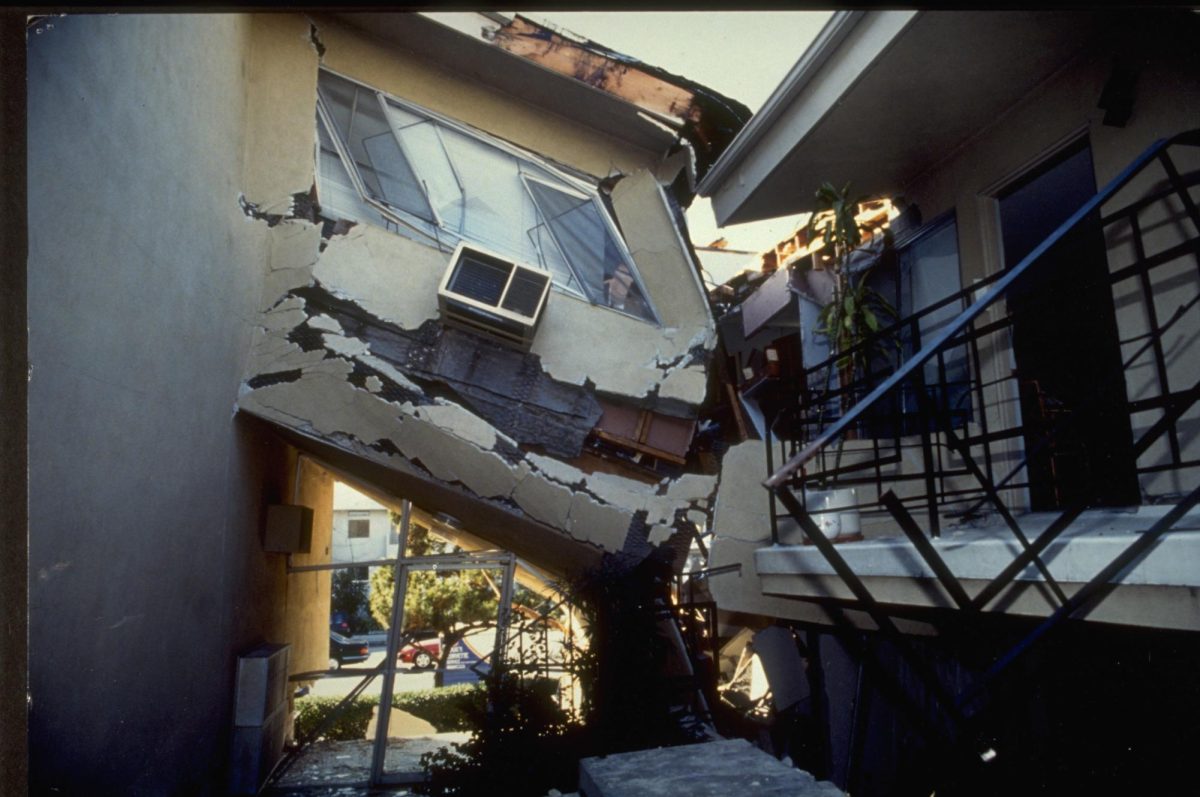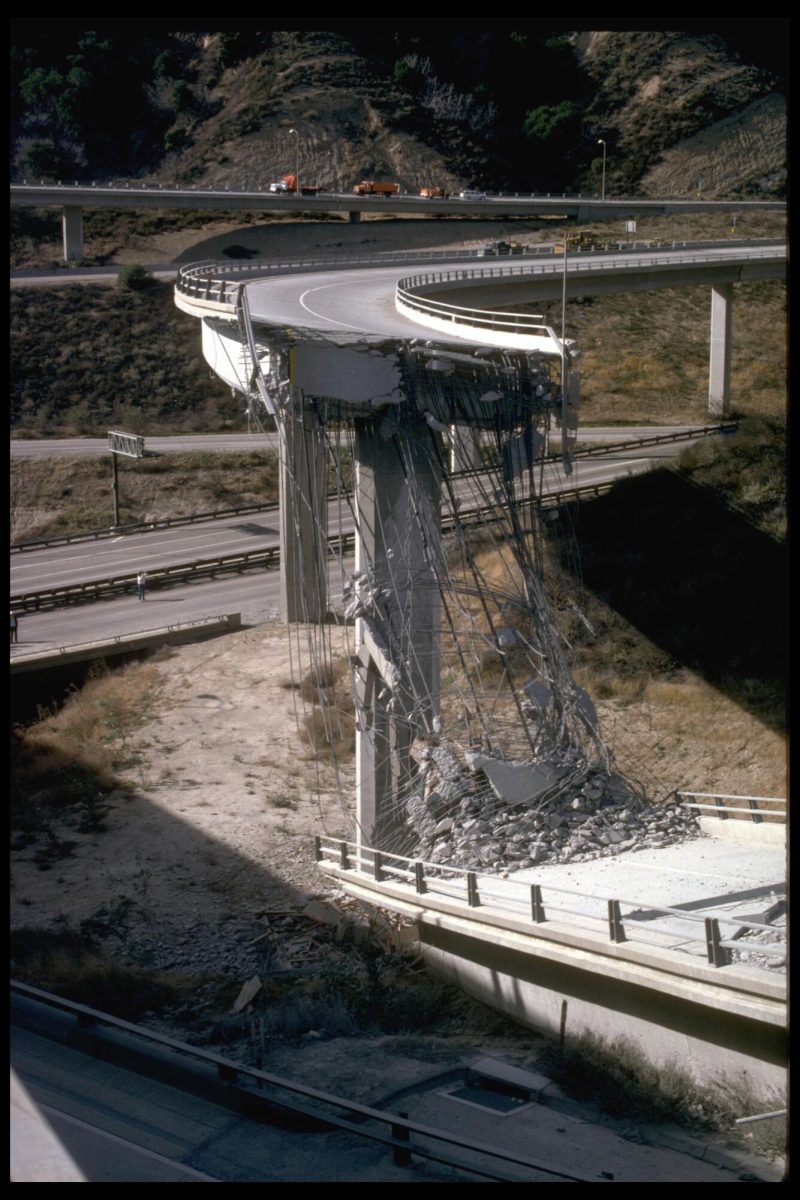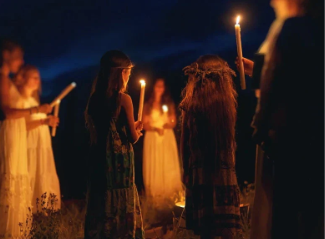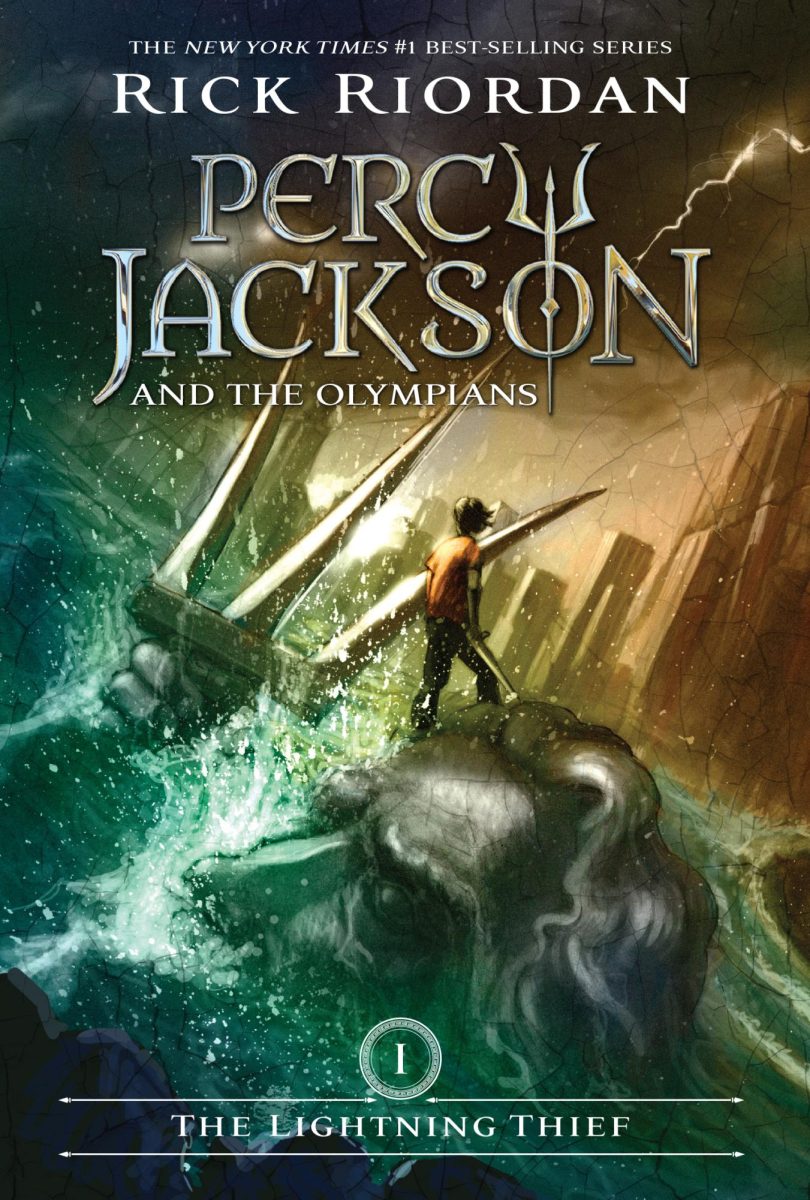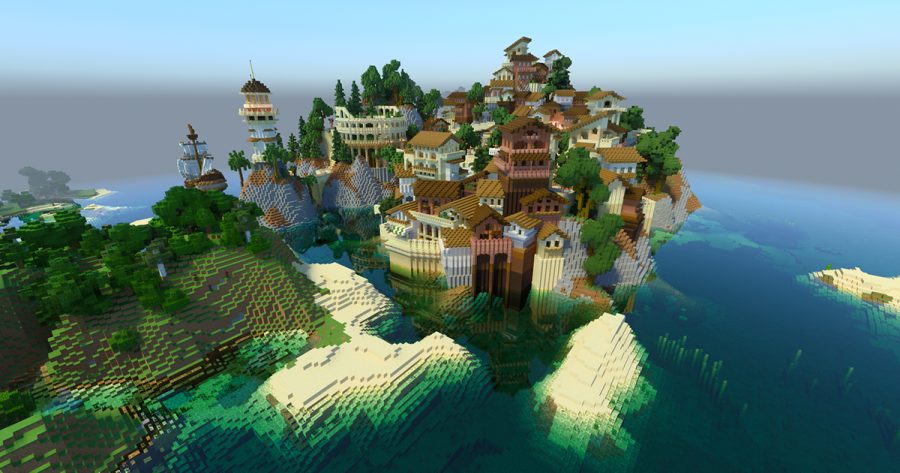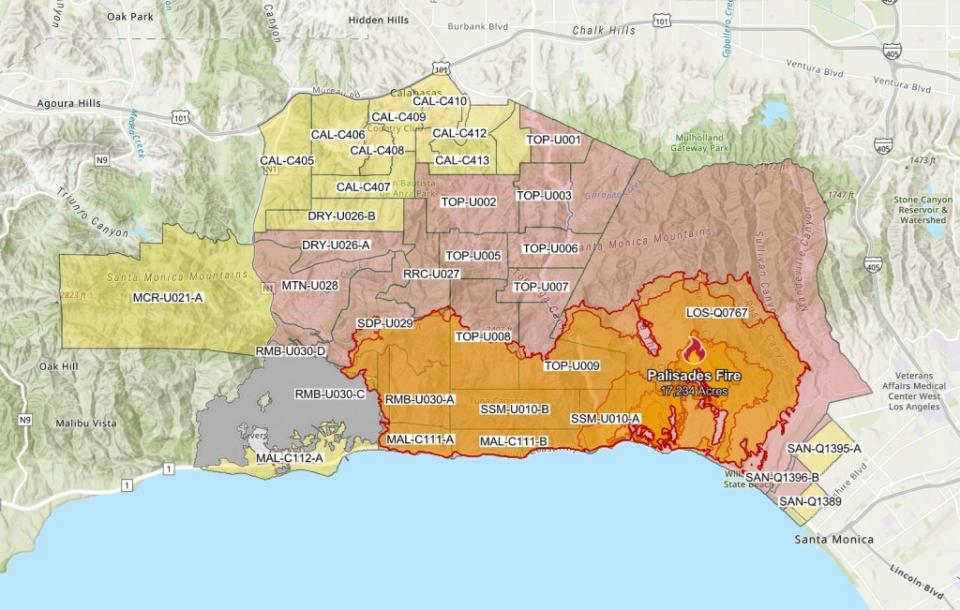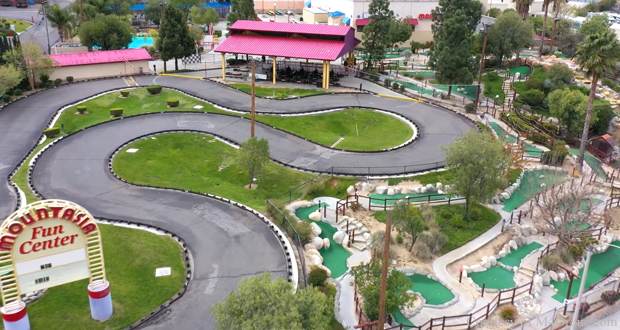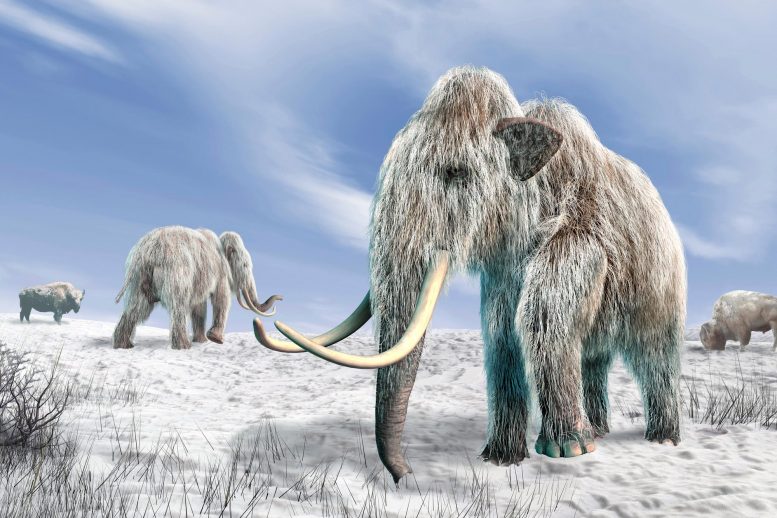Scientists Plan to Resurrect the Wooly Mammoth!
October 7, 2021
We all know that Mammatus Primigenius or the Wooly Mammoth went extinct about 10,000 years ago. Well, now scientist think that they can bring it back alive! They think doing this will balance out the life in the Arctic Tundra. It may help slow global warming and the green house gas effect. Let’s find out more about the scientist’s plan for the future of this creature, but before that let’s review some facts on the Wooly Mammoth.
They went extinct because of the increase in climate and human hunting. Humans hunted them for their meat, fur and bones. We know a lot about them today because they were preserved under ice, which kept their bodies almost fully intact. In fact, Botanist Mikhail Ivanovich Adams found the first Siberian Woolly Mammoth fossils in 1806. They are about 13 feet tall and weigh about 6 tons. Their fur is almost 3 feet long. A woolly mammoth’s habitat is a frigid plane in the Arctic. But scientists found out that the Woolly Mammoth and Asian Elephant both originated from Africa. They lived there for about 4 million years before moving up Southern Europe. Millions of years later they spread out into modern day Siberia, and northern plains of Canada. During this time was when the Ice Age event occurred. A lot of mammoths died at the end of the last ice age.
Now you might ask yourself why do scientists want to resurrect the wooly mammoth after we’ve lived without them for a long time? Well, scientist and geneticist think that bringing back the mammoth will fix the Arctic Tundra and help stop the release of greenhouse gas emissions. You see, Arctic grounds are covered with permafrost, it has been frozen since the Pleistocene Age. It holds a big amount of carbon, that is accumulated from dead plants, and it is kept frozen by the cold temperature. The quantity of carbon is about twice as much there is in the atmosphere. When it unfreezes, because of the planet warming up, the micrbroes will break down the soil around it and release a lot of carbon and methane into the air. This will create a major negative impact on climate change.
This is where the elephants come in. Since they are so big, they trample the bushes and shrubs and uproot the trees. They rearrange the landscape. The grass with permafrost will observe less amount of sunlight, which will slow the thawing of the permafrost, and as a result climate change will get better. So in this indirect way they act as “geoengineers”. Bringing mammoth like creatures could recreate the whole steppe ecosystem for the better. Their existence will make the land around them flourish.
Gensists coming from Havard are planning to clone living cells that contain a small amount of DNA. They will create an embryo that has mammoth DNA. Now, a mammoth can not be fully recreated but it could be a hybrid elephant with some mammoth traits. Scientist have been planning and experimenting this for almost 20 years. This is being led by Havard scientist George Church and Ben Lamm. They aim to use CRISPR gene-editing technique to bring mammoths back. They want to return the mammoth by the late 2020s. A company named Colossal is funding $15 million to help accomplish this project.
Scientist can tell us a lot about their plan but let’s hear something from our science teachers here at Rio. 7th grade science teacher Miss.Bretthauer thinks that it may be possible. “I think scientists have been successful at cloning other organisms, so it might be possible. Whether it is a good idea or not is another question I would ask. As sad as it may seem, species die out for different reasons, sometimes those reasons might have changed things for the better,” she said. She also think that it is very important for us to know about the world problems around us. “Absolutely. Knowing how we are living is affecting the earth, it is important for all of us. Choices we are making now will impact the future.” Miss. Bretthauer suggested some ways we can do our part to help the planet ,”Recycle, use less plastic, cut down on use of things that burn fossil fuels.’’
Losing the wooly mammoth created some major impacts on the planet. Now, scientist are doing their best to fix the ecosystem. But as more animals go extinct, the more ecosystems in our planet are falling apart. Animals can’t adapt to every change, at one point they will die off. All these problems, global warming, deforestation, pollution etc. can only be fixed by us. So everyone does their part in our world. “Environment is no one’s property to destroy; It is everybody’s responsibility to protect.” – Mohit Agadi
